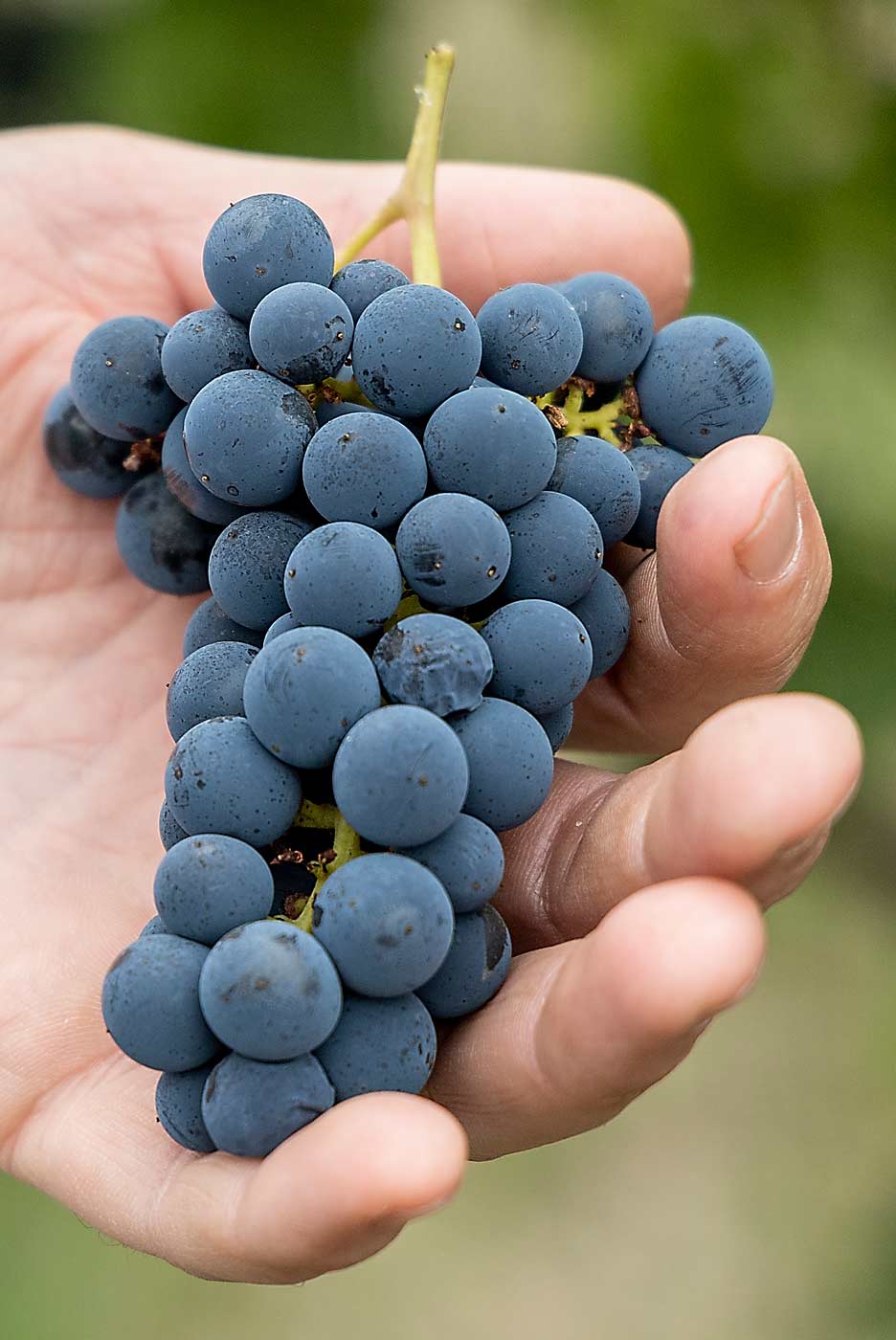
No single grape released by the University of Minnesota has had the transformational impact Honeycrisp had on the apple industry, but UMN cold-hardy grapes have a different claim to fame: laying the foundation for an Upper Midwest wine industry.
In the 1980s, there were two wineries in Minnesota. Today, after a few cold-hardy releases from the UMN breeding program, there are about 80, said former UMN grape breeder Peter Hemstad.
Breeding wine grapes will always be a priority for the university, but current UMN grape breeder Matt Clark has also spent the past several years crossing for cold-hardy, seedless table grapes, he said.

As with Minnesota apples, the cold might be key to the success of Minnesota grapes. Minnesota vineyards can’t grow Vitis vinifera and other cold-tender varieties without burying or covering the vines, a time-consuming and expensive process. But Minnesota native Vitis riparia, the “most cold-hardy grape in the world,” can survive Minnesota winters without need of protection, Hemstad said.
After a long history of UMN and private breeders crossing Vitis riparia with other grapes, the cold-hardy progeny now extends across the Upper Midwest, the Northeast, and into Canada, creating a cold-hardy wine industry where none existed before. V. riparia’s exceptional cold resistance can now be found in breeding lines far beyond Minnesota.
“Doing this is absolutely not possible without Minnesota grapes,” said grower Jessica Youngblood, who owns a vineyard in metropolitan Detroit. “We would never make it through the winter.”
Lake Michigan’s tempering effects allow vineyards to grow cold-sensitive European varieties in western Michigan, but southeast Michigan gets no such protection. Youngblood said cold-hardy, Minnesota-bred varieties such as Marquette, Itasca and Petite Pearl (developed by a private breeder) are allowing Michigan vineyards to survive beyond the Lake Michigan coastline.
Sovereign Estate, a winery on the western outskirts of Minneapolis, wouldn’t exist without UMN grape varieties, said viticulturist Isaac Savaryn.
“We can’t grow vinifera here,” he said. “We started this vineyard because of Marquette.
Sovereign Estate planted a trial plot of Marquette in 2007; today it is one of the largest vineyards in Minnesota, growing nearly 30 acres of UMN grapes.
Cold-hardy hybrids are gaining more acceptance in the wine world and are winning more tasting competitions, said UMN extension educator Annie Klodd.
“Since we first opened, there’s been a shift in perception that we can make good wine with these grapes,” Savaryn said.
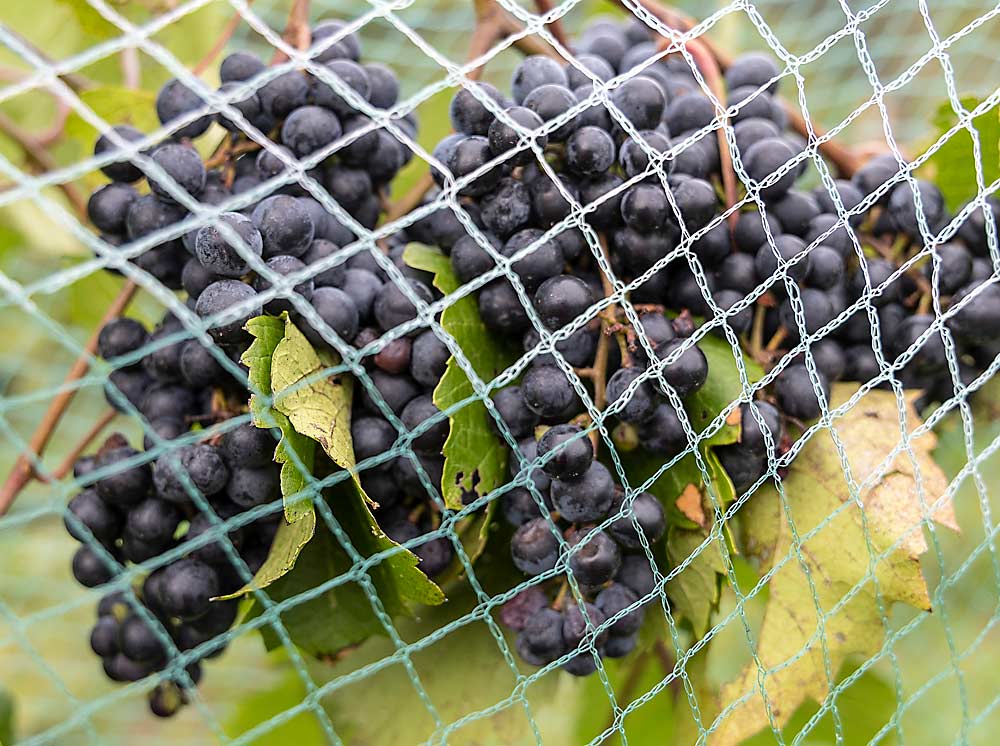
History
In the late 1800s, breeder and Minnesota native Louis Suelter was the first to use Vitis riparia to produce cold-hardy grapes. He and a handful of other breeders crossed V. riparia with Concord and other Concord-like varieties, but none of those selections really stood the test of time, said Tom Plocher, a private Minnesota breeder.
UMN’s grape breeding efforts were inconsistent from the fruit breeding program’s founding in 1908 until the 1980s, when UMN received an infusion of money from the state government and hired Hemstad as its first full-time grape breeder. More state funds in the late 1990s allowed the university to build a research winery and hire an enologist, said program director Jim Luby.
Hemstad said he was fortunate to work next door to apple breeder David Bedford for 30 years. When the university released Honeycrisp in 1991, its success transformed the Minnesota apple industry. Hemstad wanted to do the same for grapes.
He didn’t have to start from scratch. He had good breeding material to work with, some of which came from Elmer Swenson, the “grandfather of the Upper Midwestern wine industry.” Swenson, a private breeder, had been crossing cold-hardy grapes on his Wisconsin farm for decades. In the 1970s, Swenson released two table grape varieties in conjunction with UMN, Hemstad said.
Breeding material also came from Patrick Pierquet, a UMN graduate student who had gathered Vitis riparia samples from throughout the region and used them to make crosses, Hemstad said.
Building on that foundation, Hemstad gathered many obscure grape varieties from around the world, until he felt he had a good palette of material to work with. His basic breeding strategy was to cross cold-hardy and disease-resistant Vitis riparia varieties with high-quality Vitis vinifera varieties, in hopes of getting new varieties that combined all of their strengths, he said.
UMN’s releases since 1996 — including Frontenac, La Crescent, Marquette and Itasca — combine, to one degree or another, the cold and disease resistance of riparia grapes with the quality of vinifera.
“We haven’t released any dogs,” as Hemstad put it. “Each grape has been at least reasonably successful. That was the goal.”
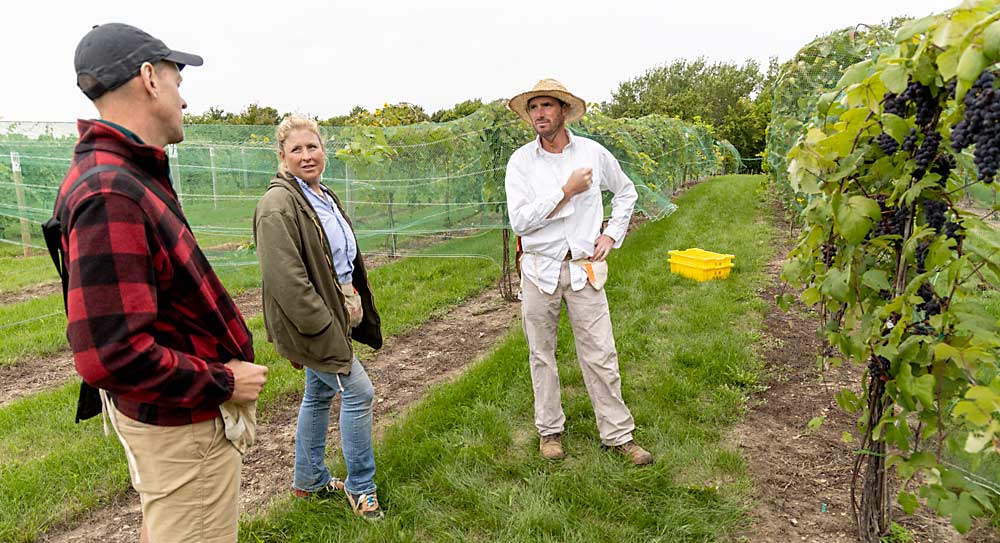
In the field
Hemstad left UMN in 2015, when the university peeled grape breeding away from the fruit breeding program and combined it with the enology program to create the grape breeding and enology project. The university hired Matt Clark as project leader the same year.
Clark is based at UMN’s Horticultural Research Center in Excelsior, on the western outskirts of Minneapolis. The center’s 12 acres of vineyard plots contain more than 11,000 experimental grapevines at varying stages of production, he said.
“Our job as plant breeders is to kill plants,” Clark said, walking through the vineyard last September. “That’s what I’m doing this time of year. I have to kill at least 1,000 every year to make room for next year’s planting.”
Clark and his staff plant new seeds in a greenhouse every March. By summer, they move the young vines to the nursery plot, giving them a chance to grow. The few that make the cut are put into cold storage in fall. By the second or third year, the vines are hardy enough to be planted in a trellised vineyard outside, he said.
The vines must be able to survive temperatures of minus 35 degrees Fahrenheit. Itasca, the project’s most recent release, was neck and neck with four other varieties, but its success surviving the polar vortex of 2014 proved it the hardiest of the group, Clark said.
UMN’s next grape release, a white wine variety called Clarion, will be available in limited volumes next year, Clark said.
Private breeders have also played a role in the increasing range of cold-hardy Minnesota grapes. When Hemstad left UMN, he and his son, Noah, started Hemstad Genetics, a private breeding company. They’ve identified their first new wine grape variety and hope to release it soon, he said.

Plocher, who has released Petite Pearl, Crimson Pearl and Verona, got into grape breeding a few decades ago when he met Elmer Swenson. Breeding was more of a hobby for Plocher until he retired from his job as a scientist in 2011.
Plocher does most of his work in his home vineyard on the outskirts of Saint Paul. He said it’s a great place to breed cold-hardy grapes. Temperatures have reached minus 40 degrees. If a grapevine can survive that, it can survive anything winter brings. The region is being hit with more rain, too, which tends to split thin-skinned grapes.
Now 71, Plocher plans to wind up his breeding efforts within the next decade. He would like to release two or three more red grapes before he’s done, preferably with greater winter hardiness, thick skins, good flavor and a late bud break, he said. •
—by Matt Milkovich

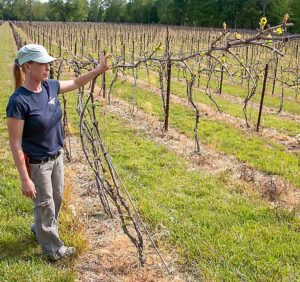
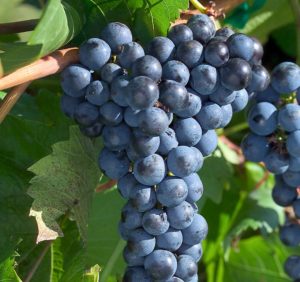


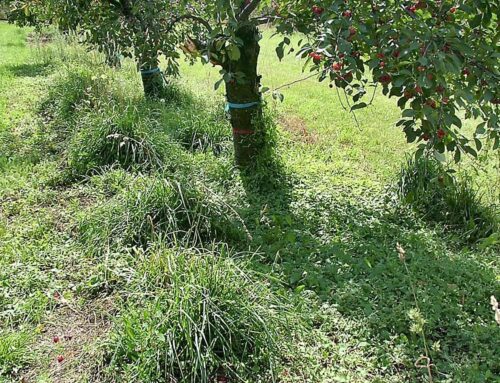


Leave A Comment